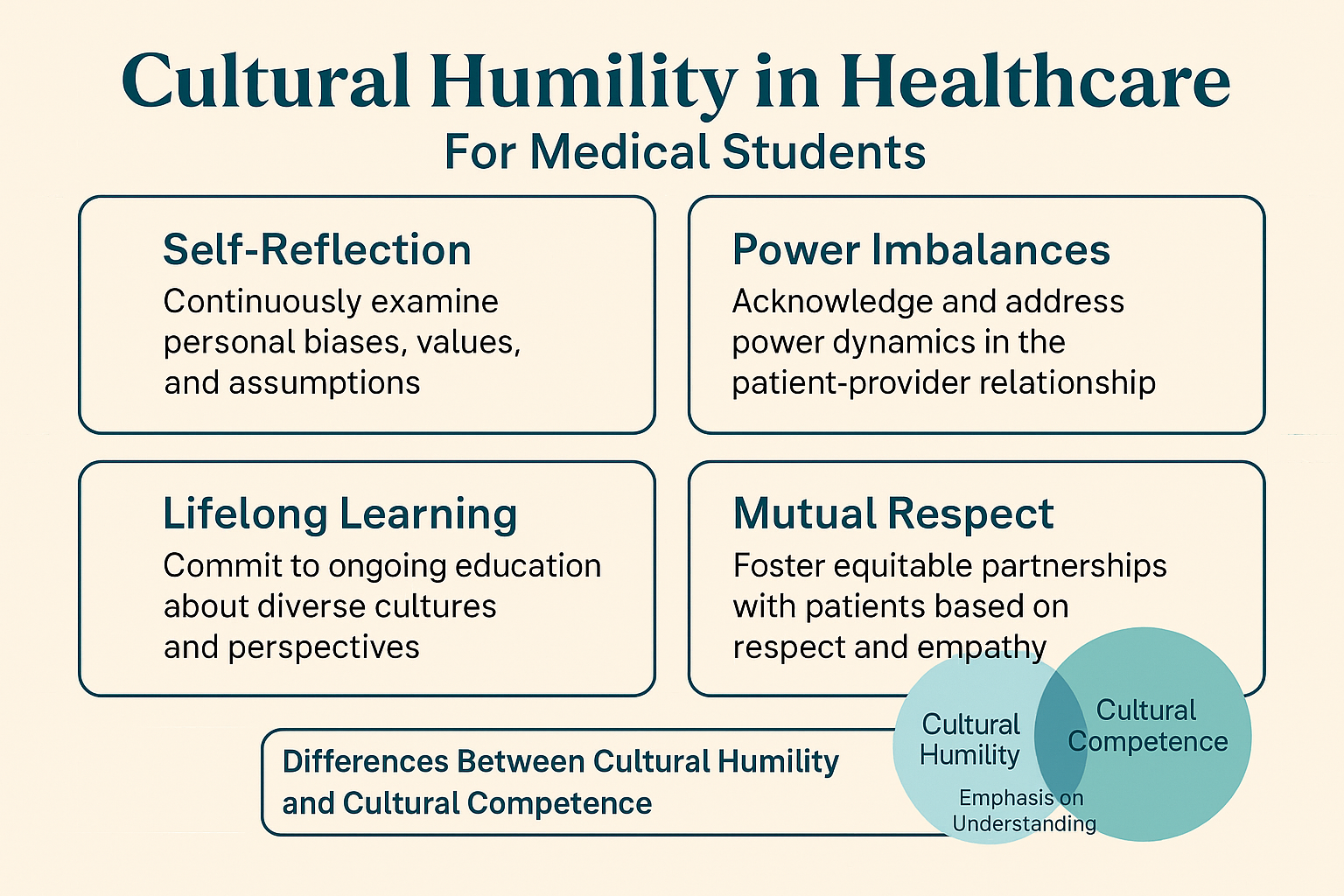🧠 Glasgow Coma Scale (GCS): How to Score It Fast and Never Forget It
Whether it's a trauma code, neurology shelf, or Step 2 CK clinical vignette, you're expected to know how to calculate a GCS score in seconds. This post will help you lock down the three categories, the point system, and the most useful mnemonics and clinical triggers for scoring patients correctly.
🧪 What is GCS?
The Glasgow Coma Scale is used to assess level of consciousness in trauma and neurologic patients. It’s a quick, objective tool across three categories:
Eye Opening (E)
Verbal Response (V)
Motor Response (M)
Total score: 3 (lowest) to 15 (best)
🧠 GCS Breakdown Table
Eye Opening (E)
| Response | Points | Description |
|---|---|---|
| Spontaneous | 4 | Opens eyes without stimulus |
| To voice | 3 | Opens eyes to verbal command |
| To pain | 2 | Opens eyes to painful stimulus only |
| None | 1 | No eye opening |
Verbal Response (V)
| Response | Points | Description |
|---|---|---|
| Oriented | 5 | Correct place, time, and self |
| Confused | 4 | Converses but disoriented |
| Inappropriate words | 3 | Random or exclamatory speech, no conversation |
| Incomprehensible sounds | 2 | Moaning, no words |
| None | 1 | No verbal response |
Motor Response (M)
| Response | Points | Description |
|---|---|---|
| Obeys commands | 6 | Follows verbal instructions |
| Localizes pain | 5 | Purposeful movement toward pain |
| Withdraws | 4 | Pulls limb away from painful stimulus |
| Flexion (decorticate) | 3 | Abnormal flexion to pain |
| Extension (decerebrate) | 2 | Abnormal extension to pain |
| None | 1 | No motor response |
💡 Mnemonic: “Eyes 4, Verbal 5, Motor 6”
Each section maxes at 4, 5, and 6 respectively
Total = E + V + M (3 to 15)
🧠 KOTC Tip: If GCS ≤ 8 → intubate on Step 2 CK and trauma algorithms
🛑 Clinical Pearls
A GCS of 15 does not rule out brain injury (e.g., concussion)
A GCS of 3 = coma or brain death
Pediatric GCS exists but is NOT often tested on USMLE
Combine with Glasgow score + vital signs for trauma decision-making
📌 KOTC clinical flashcards include GCS audio + visual cases with score predictions
📌 Before You Go…
Remember: if GCS is low, your clinical reasoning should be high.
✅ Call-to-Action (CTA)
Use KOTC’s neuro-visuals, trauma simulators, and scoring calculators to master neuro status assessment.
👉 Try our platform now
Frequently Asked Questions (FAQs)
-
Aim for 4-6 focused hours, ensuring you incorporate breaks to avoid burnout.
-
Practice mindfulness techniques, take practice exams under realistic conditions, and maintain a balanced lifestyle.
-
Set short-term goals, seek support from mentors, and reward yourself for small achievements.
-
Regular exercise improves focus, reduces stress, and enhances overall mental clarity.
-
KOTC offers personalized learning tools, gamification features, and adaptive question banks to help students stay on track without burnout.


